Nürburgring — the best race track in the world
Author: BG Nürburg | © 2008—2024
Photos: Oldenburger Hannes, Porsche, Mercedes-AMG, BMW, Gruppe C
The Nürburgring, often affectionately referred to as "the Ring," undeniably stands as the most renowned racing track in existence.
Today, the Ring has evolved into a global mecca for car enthusiasts, attracting aficionados from Germany, Britain, the Netherlands, and even farther reaches of the world. It has become a sought-after weekend destination for both locals and international visitors with a deep passion for cars.
What makes the Nürburgring truly captivating is its distinctive combination of grandeur and democracy. In contrast to some imperial designs, the Germans have skillfully crafted a racing haven that is accessible and enjoyable for all. The architectural brilliance of the Ring shines through in its ability to cater to a diverse spectrum of enthusiasts. Whether it's a zealous British student skillfully navigating a twenty-year-old VW Golf III or an affluent American millionaire proudly curating a fleet of vintage Porsche 911s, the Nürburgring welcomes every automotive enthusiast with open arms.
This inclusive spirit transforms the Nürburgring into more than just a racing track; it becomes a melting pot of automotive passion where the shared love for cars transcends socioeconomic and cultural boundaries. The universal appeal of the Ring is a testament to the Germans' ingenuity in creating a space that resonates with enthusiasts from all walks of life. As the Nürburgring continues to capture the hearts of car enthusiasts worldwide, our site aspires to be a reliable companion, guiding visitors through the diverse and thrilling experiences that this legendary racing track and its surroundings have to offer.
Nürburgring Nordschleife and facts
The Nordschleife circuit, an engineering marvel, came to life through meticulous design and construction from 1925 to 1927. Its grand unveiling occurred on June 18-19, 1927, marking the birth of a legendary racing venue. The comprehensive implementation of this ambitious project amounted to approximately 8,100,000 German Marks, equivalent to around 30,000,000 Euros in 2022 terms.
The circuit presents a challenging landscape with 33 left turns and 40 right turns, navigating a height difference of about 300 meters. The highest point, located at the Höhe Acht site, reaches an elevation of 616.80 meters above sea level, while the lowest point, the Breidscheid site, rests at 320 meters above sea level. With a maximum incline of 17% and a maximum descent of 11%, the Nordschleife demands skill and precision from drivers.
Embarking on a journey around this iconic racetrack comes at a cost, for a car or motorcycle priced at 30 euros for 1 lap (21 km) from Monday to Thursday ( Tourist Drives Days ) and 35 euros from Friday to Sunday. Accommodation options in the surrounding region start from 50 euros per night, inclusive of breakfast. For those in need of assistance, the cost of towing a vehicle from the race track starts at 250 euros.
The Nordschleife witnessed a historic moment on June 29, 2018, when racingdriver Timo Bernhard set an absolute record for a full lap, clocking an astonishing time of 5:19.546 minutes in a prototype Porsche 919 Hybrid EVO.
Interesting Articles
- Come to Nürburgring and stay forever
- Nürburgring — Silicon Valley of the global automotive industry
- Motorsport in the Global Segment of Sports Tourism
- Business Tours to Nürburgring Nordschleife
- Investment in Global Motorsport and your Brand
In addition to the Nordschleife, the Nürburgring complex boasts the GP track for Formula 1, operational since 1984, covering a length of 5.148 km and featuring 15 turns. The track record for a full GP lap belongs to the legendary Michael Schumacher, who, in 2004, piloted a Formula car to a remarkable time of 1:29.468 minutes, leaving an indelible mark on the history of the Nürburgring.
Everyone wants to go to the Nürburgring
In the contemporary automotive landscape, the Nordschleife has evolved into a crucial testing ground for a myriad of automobile manufacturers. This classic Northern loop of the Nürburgring, with its intricate combination of corners and straights, stands as the ideal canvas for revealing the nuances, strengths, and weaknesses of key car components right from the first lap.
While in the past, it was predominantly German automakers that utilized the Ring as a proving ground for their top-tier sports cars, today, a notable shift has occurred. Seasoned mechanics and engineers from American, Japanese, and British companies have not only recognized the significance of the Nürburgring but have also established a lasting presence on its legendary track. These professionals have, quite literally, made the Ring their home, setting up auto repair shops that exude an ambiance reminiscent of a garage owned by a wealthy racing team or a potent engineering complex equipped with a well-stocked research lab.
Inside these workshops, whether rented or meticulously constructed from the ground up, one can sense the intensity of the commitment to perfection. It's an environment where the quest for automotive excellence becomes palpable—a space where engineers fine-tune and optimize every aspect of a vehicle to ensure it conquers the challenges presented by the Nordschleife.
The Nürburgring has thus become a global hub for innovation and performance testing, transcending national borders. It symbolizes a convergence of automotive expertise from around the world, where the spirit of competition and the pursuit of engineering excellence merge seamlessly on the iconic track's historic curves and straights. As these international experts continue to make the Nürburgring their second home, the legacy of this legendary circuit as a crucible for automotive excellence is bound to endure.
Best lap times and marketing
The Nürburgring has become a sacred ground for the PR-departments of auto manufacturers, gradually evolving into a revered benchmark for showcasing the prowess of their new models. Initially, they proudly reported their vehicles passing the rigorous tests on the Nordschleife. However, as the significance of the Ring grew, so did the stakes. Manufacturers began highlighting the lap times achieved during these tests, endowing an imposing status upon their cars.
A notable example is the Cadillac CTS-V, which proudly held the title as the fastest production sedan on the Ring for over a year until it was dethroned by the Porsche Panamera Turbo S. This shift in the hierarchy underscores the competitive nature of establishing supremacy on the Nürburgring, adding an extra layer of prestige to high-performance vehicles.
The intrigue deepens as you consider the behind-the-scenes efforts of engineers. The forthcoming promise of a post detailing the tricks employed by these engineers to enhance test drivers lap times is a testament to the intricacies involved. Choices such as the right tires can make a significant difference, shaving precious seconds off lap times. Moreover, the implementation of more aggressive brake components and a subtle increase in boost pressure exemplifies the meticulous fine-tuning aimed at achieving optimal performance on this challenging track.
Adding to the discourse, the German magazine "Sport Auto", under the guidance of its editor-in-chief Horst von Saurma, provides a window into the objective evaluation of sports cars tested on the Nordschleife. Von Saurma, having accumulated thousands of miles running various cars on the Ring, conducts test drives with vehicles in their original factory settings under similar road conditions. His lap times become a significant yardstick for standard comparisons of sports cars, offering enthusiasts and consumers alike a reliable source of information on the performance of these vehicles on one of the world's most demanding tracks.
Investors made the right decision
It is indeed remarkable that the Nürburgring, a testament to engineering brilliance, was completed in just two years. Approved in April 1925, the inaugural race on June 19, 1927, marked the beginning of a legacy, with a young Rudolf Caracciola claiming victory in his Mercedes. Since that historic day, the Nürburgring has witnessed the triumphs of numerous gifted racers, each etching their names into the annals of motorsport history.
The 1930s saw the Nürburgring transform into a showcase for German automotive prowess. It became the birthplace of the legendary "Silver Arrows", as a Mercedes-Benz worker artfully removed the white paint to reveal the silver aluminum bodywork beneath. This era saw the dominance of the "Silver Arrows" and Auto Union cars on the tracks, with supercharged engines producing over 500 hp, enabling speeds exceeding 300 km/h on the straights.
The Nürburgring reached its zenith in the 1950s and 1960s, hosting Grand Prix races that brought glory to iconic figures such as Askari, Fangio, Moss, Hill, Surtees, Clark, and Ickx. Despite not always having the fastest cars, these legendary racers left an indelible mark on the track. Fangio's victory in 1957 driving a Maserati 250F is etched in history, overcoming an emergent pit stop that dropped him a whole minute behind two Ferraris. In an extraordinary display of skill, Fangio not only caught up but took the lead in the remaining eight laps. His remarkable feat became legendary, with Fangio later expressing his reluctance to ever race in such challenging conditions again.
The Nürburgring's rich history reflects the resilience, skill, and passion of the racers who have graced its challenging curves and straights, solidifying its status as a hallowed ground in the world of motorsports.
Developed infrastructure
The 1970s brought about a new era of Formula 1 cars, demanding enhanced safety standards for racing circuits. In response, a comprehensive system of barriers was implemented around the Nürburgring track in 1970. Prior to this, the circuit had been lined with nothing but bushes and trees. However, the horrifying accident involving Niki Lauda in 1976, where he suffered severe burns, marked a turning point, leading to the abandonment of the Nordschleife as a Formula 1 circuit due to safety concerns.
In 1984, the Nürburgring underwent a significant transformation. The surrounding area was rebuilt to create a new, relatively short racing ring known as the GP Strecke, designed to meet the highest safety standards. This rejuvenated section of the Nürburgring complex now serves as the venue for the F1 German Grand Prix.
Presently, the Nürburgring complex boasts several racing tracks, including the legendary 20.8 km-long Nordschleife and the 5.1 km-long GP Strecke. Although the latter is sometimes referred to as "somewhat boring", it plays a crucial role in meeting contemporary safety standards for high-speed racing events. During the immensely popular NLS Endurance marathon races and 24 Hours Nürburgring, these tracks are ingeniously combined to form a unique and challenging layout, showcasing the versatility of the Nürburgring as a racing destination.
Come to the Nürburgring
The Nürburgring stands as a testament to democracy on the racetrack—a place where political views and religious affiliations take a back seat to the shared love for the art of driving. It welcomes all, embracing enthusiasts from every walk of life. Here, the roar of engines drowns out any differences, and the thrill of the track unites individuals under a common passion.
This iconic circuit is more than just a racetrack; it's an inspiration, a fascination, and an experience that grips the heart and soul. Every self-respecting driver, regardless of background or beliefs, should make a pilgrimage to this legendary venue and carve their own path along its challenging curves.
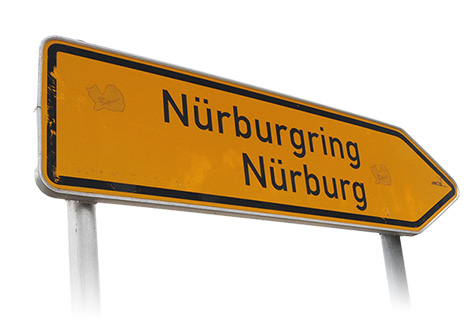

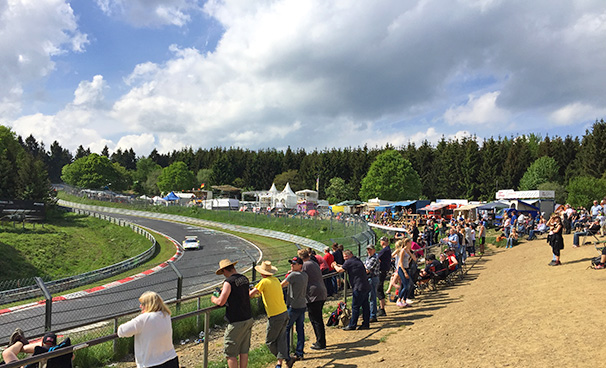
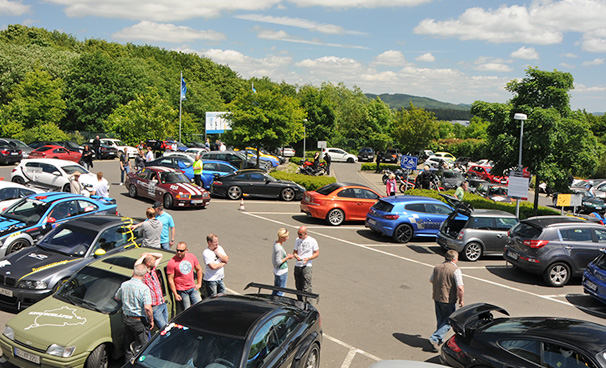
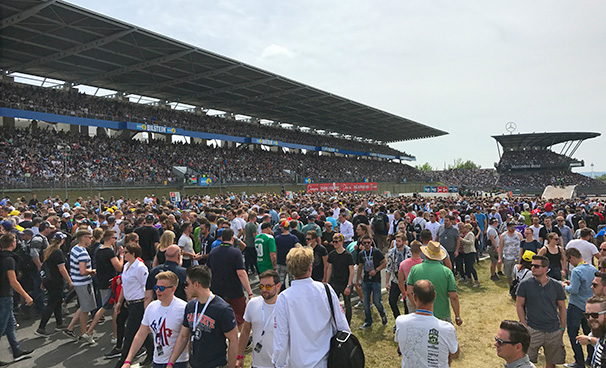
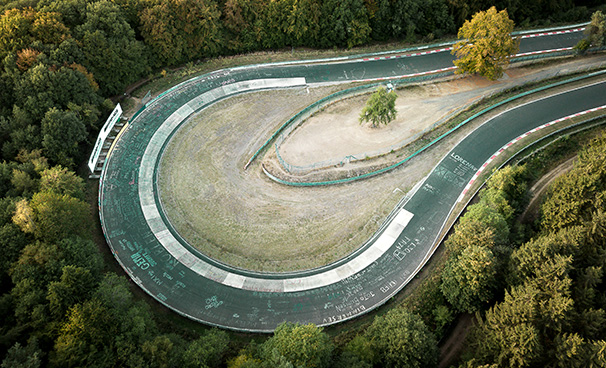
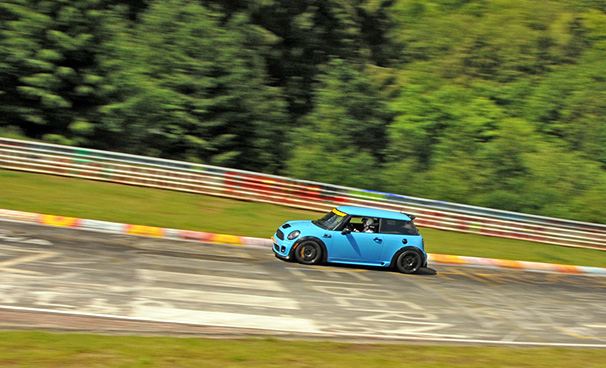
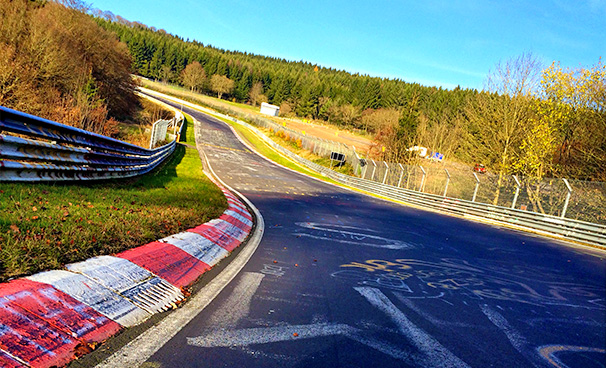
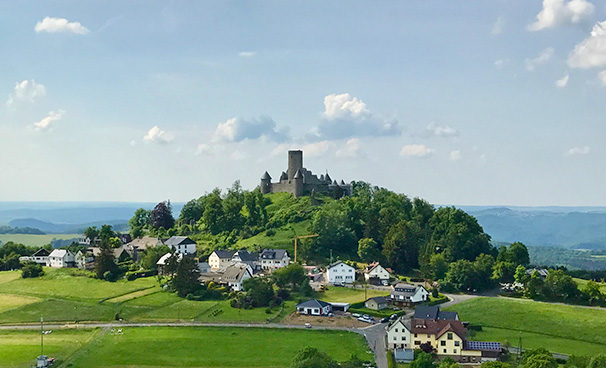
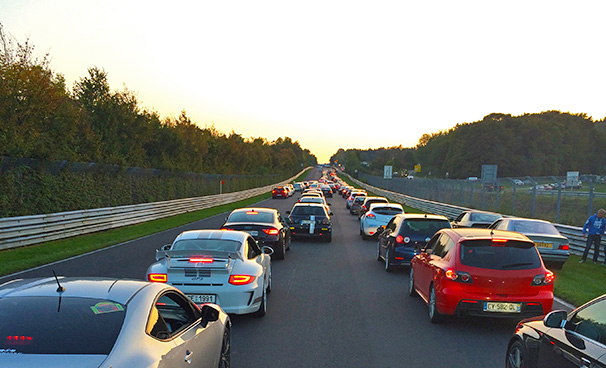
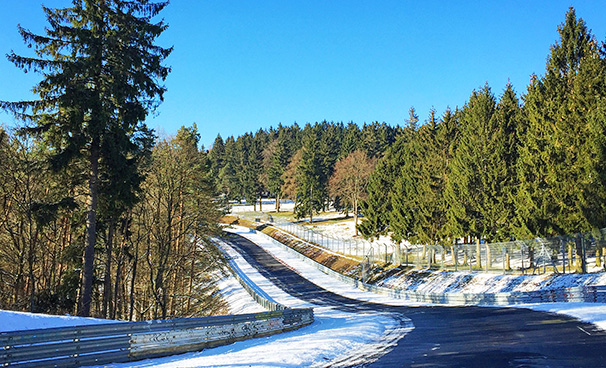
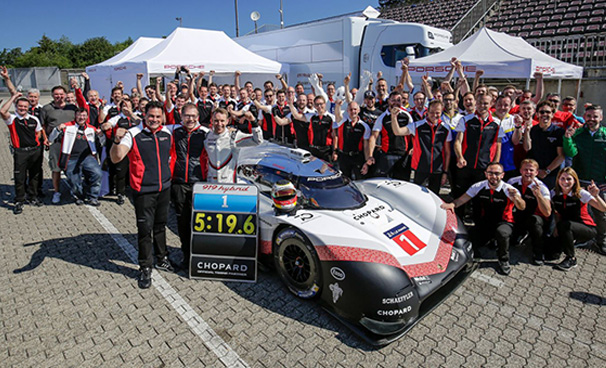
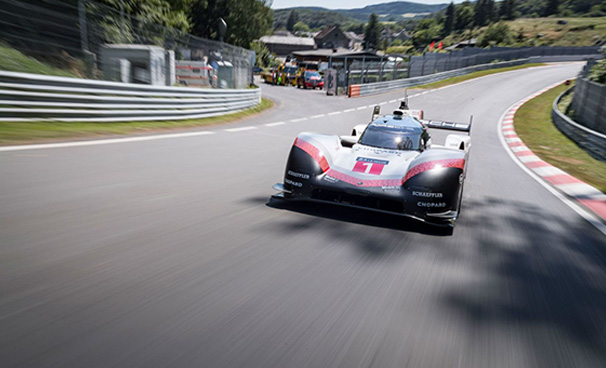
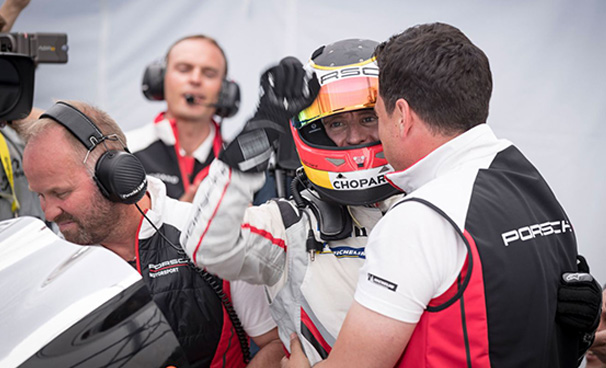
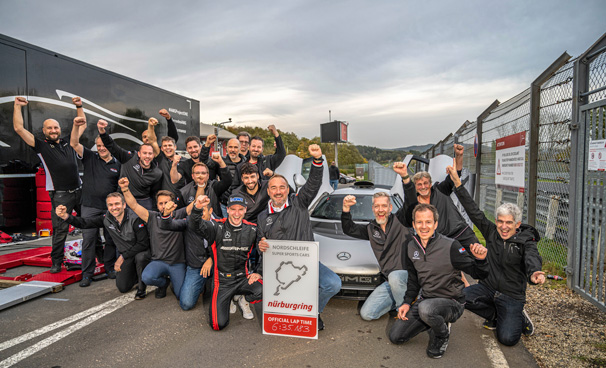
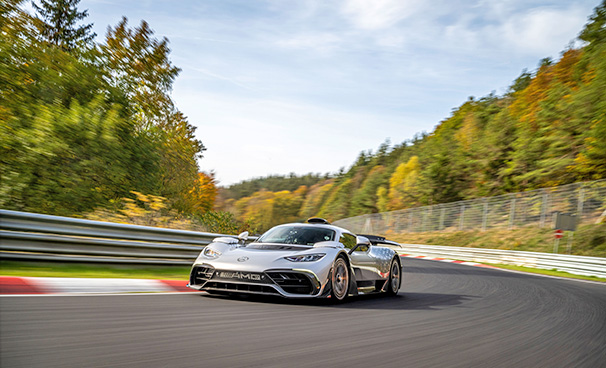
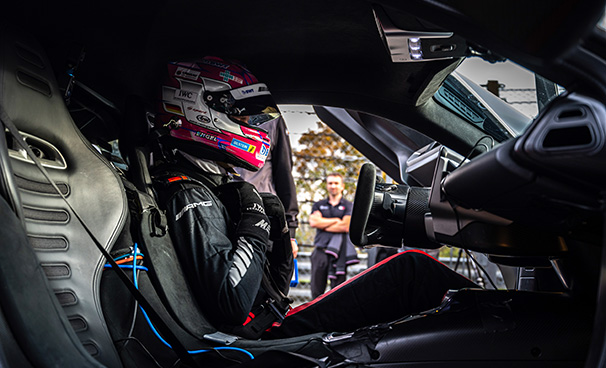
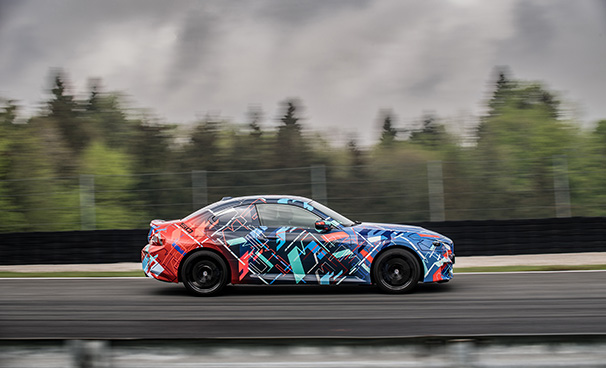
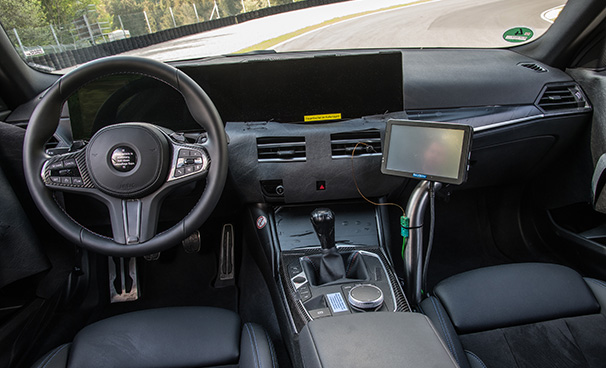
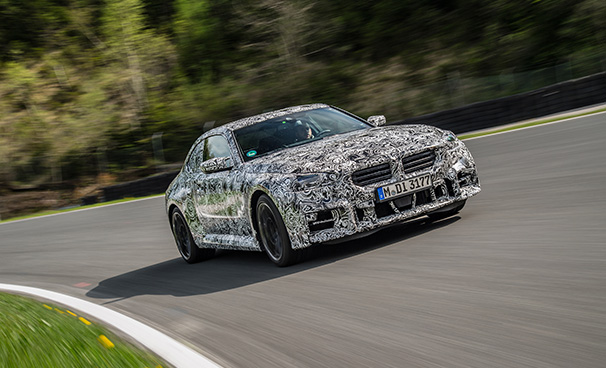
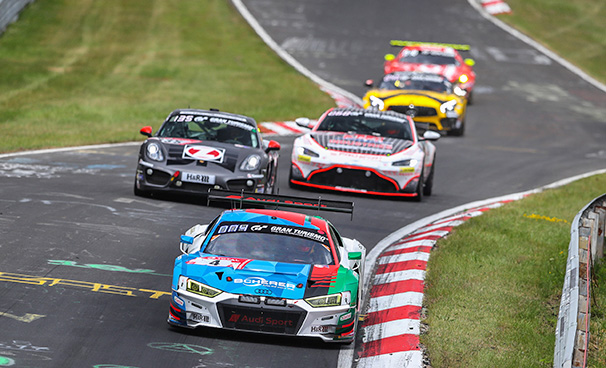
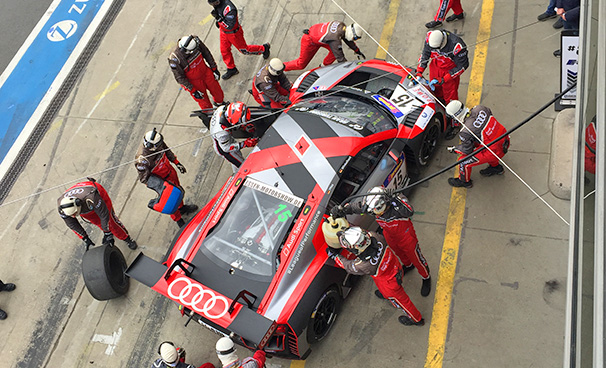
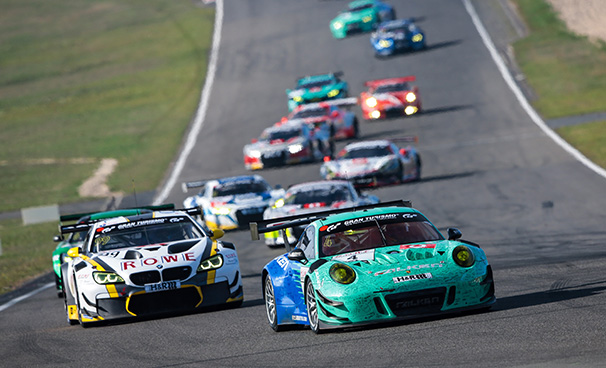
 Facebook
Facebook Instagram
Instagram